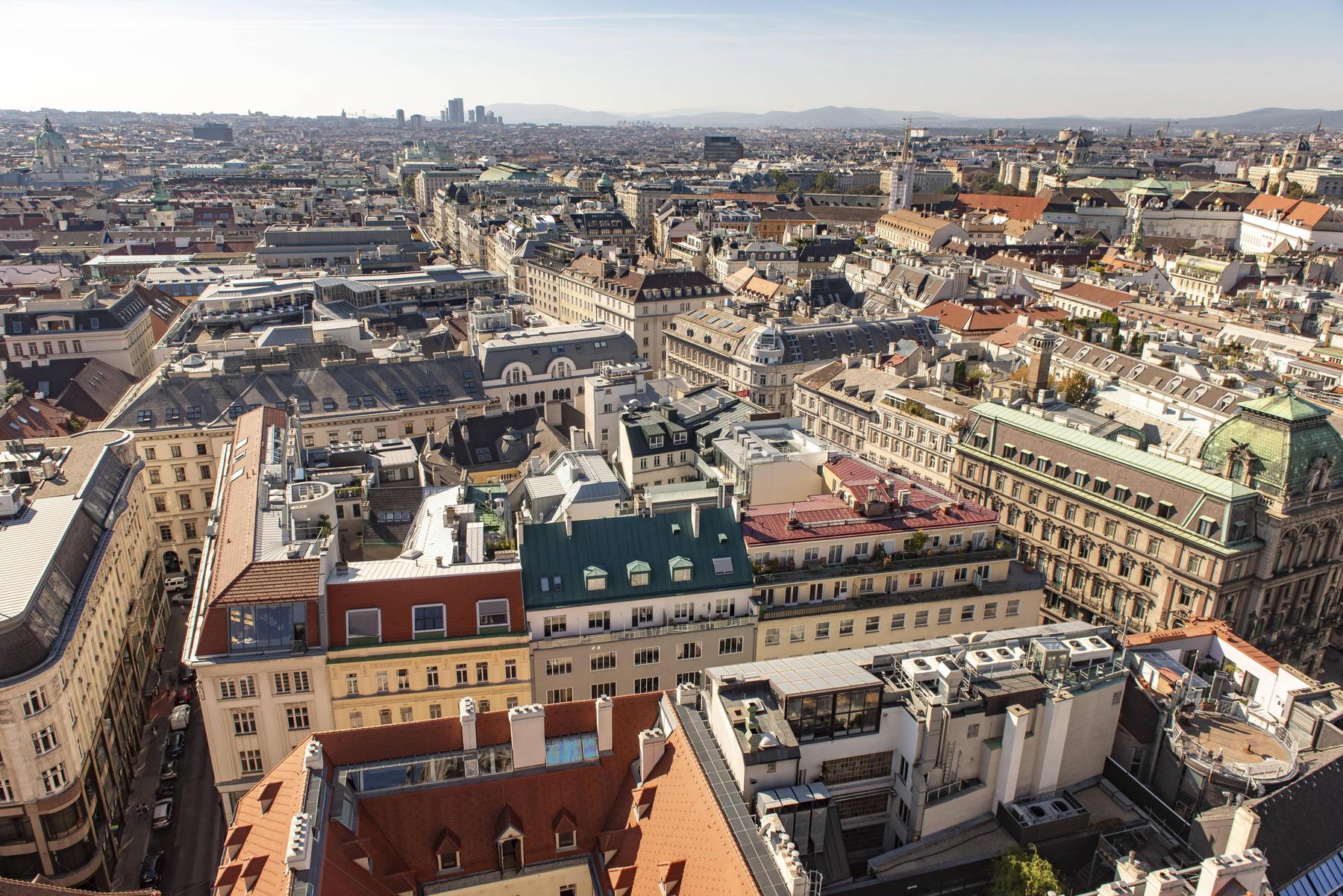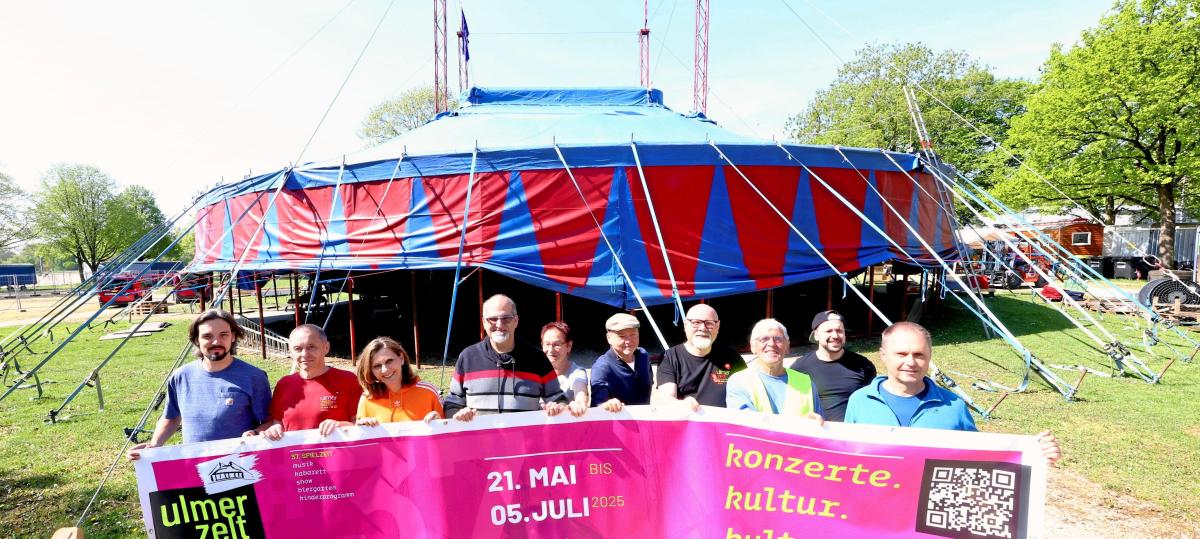The green in the tree trunk absorbs CO2 from the air – Diepresse.com

For a long time, it was assumed that bark did not contribute significantly to the photosynthesis. A team from the Boku Vienna measures for the first time how much CO2 and water are released and absorbed by plants over the tree trunk and the branches.
It sounds like a question from kindergarten: How can a tree feed from the air? Often you first think of the leaves, where the photosynthesis mainly takes place – the process in which plants using sunlight carbon dioxide (CO2) record and oxygen (o2) release. It has only recently become clear that the trunk and branches also contribute to this: the bark determines the balance of the CO2– and water balance – and thus the diet – with.
A project on the Boku Vienna, that from Science Fund FWF is financed, now looks closely and measures how much water and co2 are handed over on different tree trunks and recorded. « »The photosynthesis potential of the tree bark“Is the title under that Daniel Tholen from the Institute for Botany research with his team.
It’s green under the bark
« Why shouldn’t the bark run photosynthesis? » Asks Tholen in conversation: « After all, you can see clearly how green it is under the hard bark. » The plant physiologist scratches a bit of gray bark from a branch and points to the green layer below: « This is an important part of the bark, i.e. the cortex. The idea is that the green shares provide photosynthesis, especially in spring and autumn, when the plant has no leaves. »
« />
The Ginkgo tree (Ginkgo Biloba) is a primeval tree that has always been widespread in Vienna. The male trees do not bear fruits, the female Gingko produce hard seeds in summer and autumn with a fleshy, silver yellow seed shell that contain badly stinking butyric acid. IK Münchinger & D. Tholen / Boku
As a « mouth » or « breathing opening », the gap openings on the leaves are known for plants, which can close in heat, dryness and at night to reduce water loss. So -called lenticals along the trunk are less famous: « They look like small warts in the bark: gas exchange can take place here, » Tholen describes the openings that connect the interior of the plant to the ambient air. So far, the activity of the Greens living layer under the bark has been little observed. Perhaps also because the bark becomes thicker with increasing age, lets less light through and therefore makes photosynthesis less likely.
« /> The Manna-esche (Fraxinus Ornus) is also called flower esche or jewelry ash: it is more resistant to instinct than other types of ash. IK Münchinger & D. Tholen / Boku
Feed the climate models with new data
In the Labors and outdoor greenhouses on the Turkish hill Runs currently run how strongly tribes and branches contribute to the carbon balance. Find the researchers hard facts about the CO2-Exchange and the water supply of the previously unnoticed parts of the plant can calculate future climate models more precise forecasts, whether for forest areas or urban trees. As an example, the team currently focuses on three tree species that shape the cityscape of Vienna: ash, Zürgelbaum and Ginkgo. Ines Münchinger your dissertation dedicates these experiments. She explains: « The flower scrying or Manna-esche is a resistant way that is much less affected by the instinct. It comes just like the European Zürgel tree from the Mediterranean region and is well adapted to heat and drought. »
And the Gingko Biloba is widespread in Vienna, a prehistoric plant that originally comes from Asia. Münchinger presents a new device that delivers precise numbers, how much CO2 Fixed by the trunk and how much water is absorbed and handed over: « Similar to a conventional gas exchange chamber that measures the photosynthesis of leaves, we have developed a specially adapted, cylindrical chamber that is able to measure this on tribes. Here we can change the environmental conditions and measure how any tree type reacts to heat, dryness or light intensities. »
Advantages in autumn and spring
Apparently a tree benefits from operating photosynthesis away from the leaves, especially if the CO2-T metabolism is restricted by the foliage. In current research, the focus is on young trees, the tribes and branches of which have a green layer of bark.
In future studies, this approach could be extended to adult, adult trees in order to obtain a more comprehensive image of the processes. In addition, further functions of the green layer in the bark are to be examined in the coming years and dissertations, such as water transport, the defense against pathogens or healing in mechanical injuries. After all, the bark for trees is essential. The team dreams of establishing a research discipline called « Phytoder Matology » that can close all gaps in the current knowledge.








